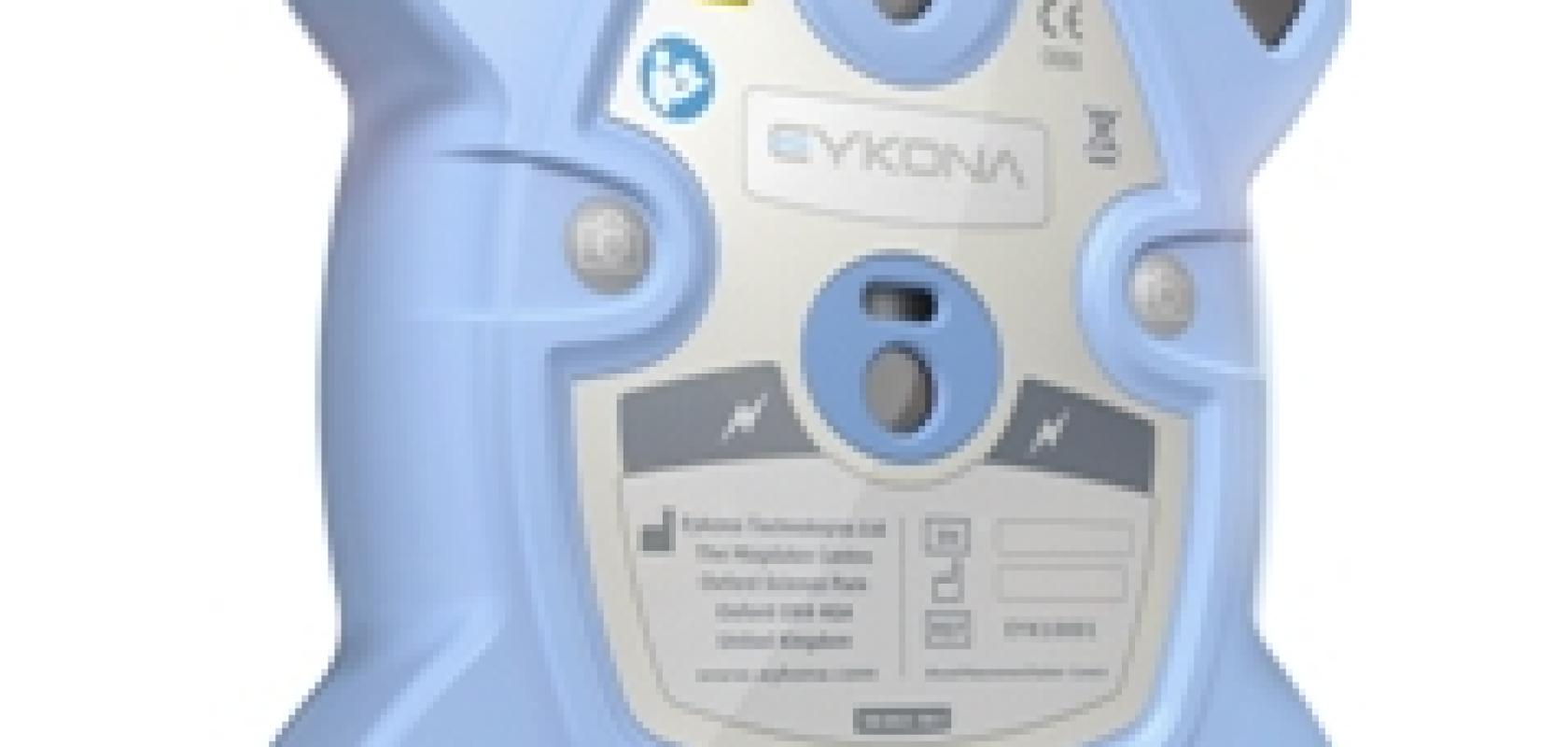Scientists from the University of Oxford have invented and developed a 3D imaging camera that is set to save millions of pounds in the healthcare industry by measuring and characterising diabetic wounds. Using two individual cameras and four high-powered flash units, the system from Eykona Medical builds a 3D image and measures the size, depth and skin tone of the wound with sub-millimetre precision.
The system was conceived by Professor Ron Daniel and Dr James Paterson to replace antiquated methods currently relied on in wound care.
Dr James Paterson, one of the inventors of the Eykona system commented: ‘One of the risks of inaccurate measurement and treatment of diabetic wounds is amputation, with 50 per cent of people who have a major amputations dying within two years. Through the use of the Eykona system, many of these amputations could be avoided through more precise, efficient and effective care resulting from accurate 3D measurement.’
The total cost of diabetic ulceration and amputation in the UK amounts to between £640 million and £660 million per year, affecting around 61,000 people in that period.
The Eykona camera took eight years of research and development to perfect and creates a detailed 3D model of any wound or scar from which accurate measurements of distance, area, colour, width or volume can be made. The camera uses small sterile ‘targets’ to set the focus and position of the camera. This eliminates inconsistency between images and can be used by any health care professional without the need for extensive or costly training.
Through 3D models, clinicians will now be able to use definitive evidence to understand if and how the wound is healing, allowing them to adjust the treatment plan efficiently. Until now, the colour and texture of wounds has been measured with the naked eye and recorded with hand written notes. The Eykona system changes this by successfully reproducing colour accurately and consistently, then allowing colour change to be recorded over time giving valuable information on the status of the tissues in the wound bed.
‘By replacing archaic, basic and expensive processes, Eykona is not just saving time and money, but lives,’ said Dr Paterson. ‘It means more measurements can be taken, in less time, by any number of health care professionals. They can then be shared with clinicians and specialists anywhere in the world if needed, improving the standard of care and reducing travel costs.’
The Eykona technology’s size and robust design has meant early adopters include the Royal Centre for Defence Medicine, which is currently using the device in the field to help treat the wounds of soldiers in Afghanistan as well as mapping impacts on body armour to improve research and development.
The cost of an Eykona is under £5,000 including the software and carry case and there is very little ongoing maintenance cost. Currently being used by a small number of NHS Trusts, the camera is expected to receive a national listing later this year.


